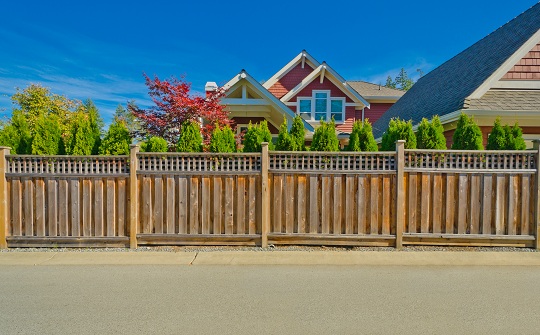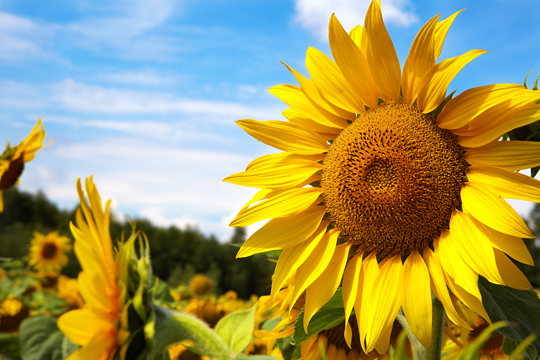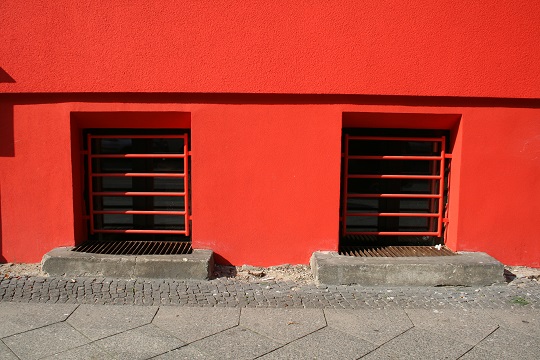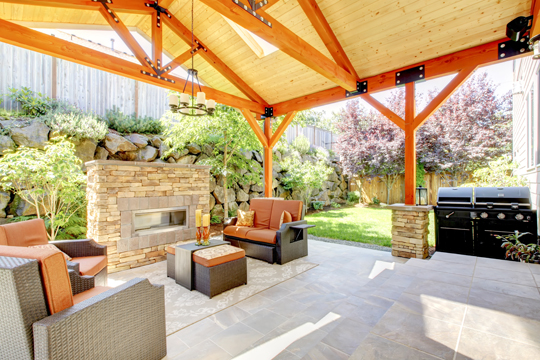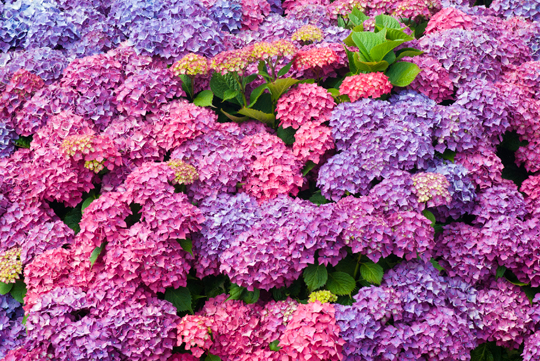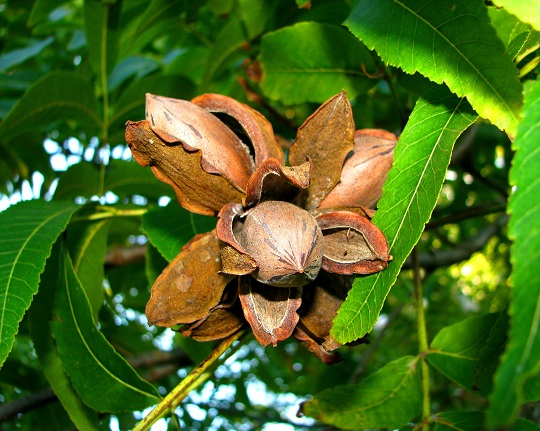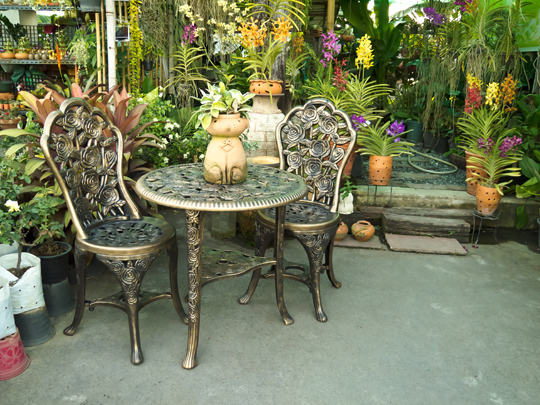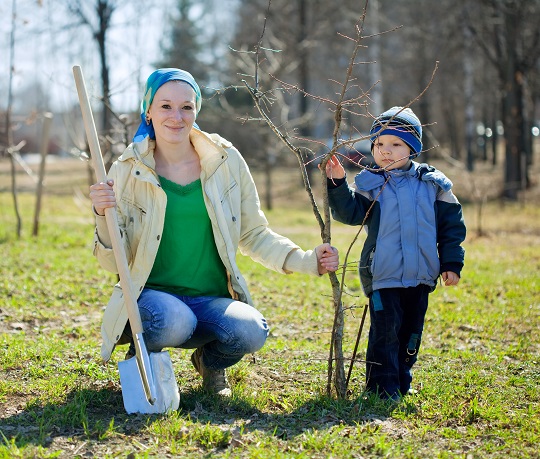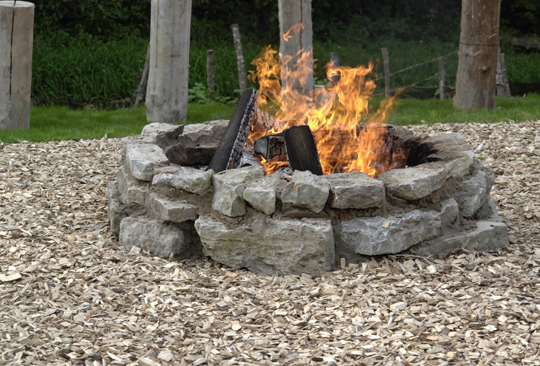Bamboo can be an exotic addition to any landscape, and it’s important to determine the best conditions for growing bamboo prior to planting. Making this determination can be tricky, though, because there is such a wide variety of species. There are some commonalities among species, however, so here are five of the best conditions for growing bamboo.
1. Light: Considering that the native growing conditions for most species consist of patches under the canopy of forests, most bamboo needs some sort of protection from full sun. Too much sunlight can cause leaves to burn.
2. Soil: Many species grow best in soil conditions that mimic those of river banks. It must be well-drained (no swamps) but still maintain moisture.
3. Water: Most species do well in droughts but would appreciate watering or irrigation during harsh, dry conditions.
4. Size: Pay attention to the average growing size of the bamboo you choose. In forest conditions with a canopy of 180 feet tall, some species can grow up to 120 feet.
5. Fertilization: Regular spring fertilization is preferable prior to new shoots forming. Extra fertilization can prevent flowering. While some plants won’t flower for 100 years, should your plant flower, it can be detrimental to it and even kill it.
The most important thing to determine when considering the best conditions for growing bamboo is the type you are planting. Similar to hydrangeas, some plants prefer a more acidic soil, while some prefer a more alkaline soil. The variety of species allows for the likelihood that you can grow bamboo in your area. It also means that you’ll need to research your specific type of bamboo.
Need More Help?
Try contacting a professional landscaper. TalkLocal’s free service can find one in your local area for free. He or she will be highly-qualified and will work with you to determine the plant that will grow best in your area.


